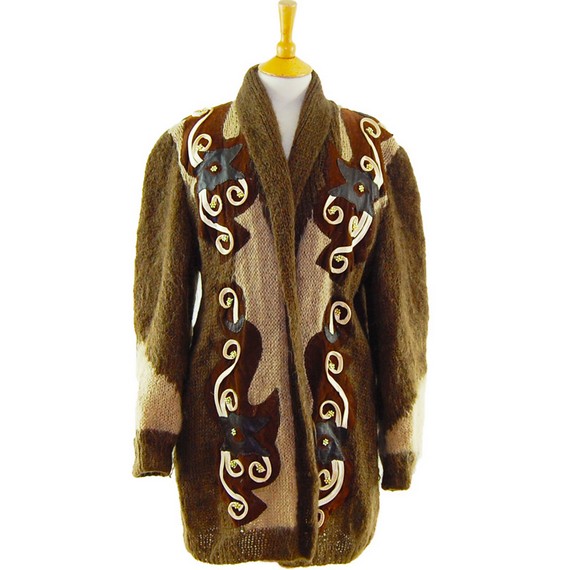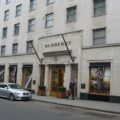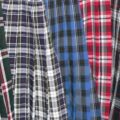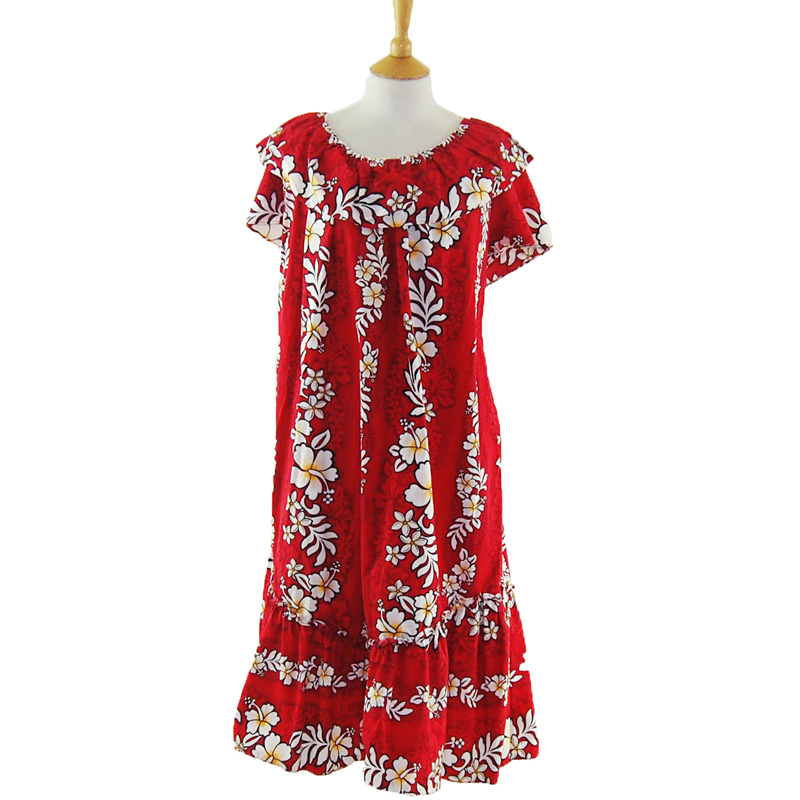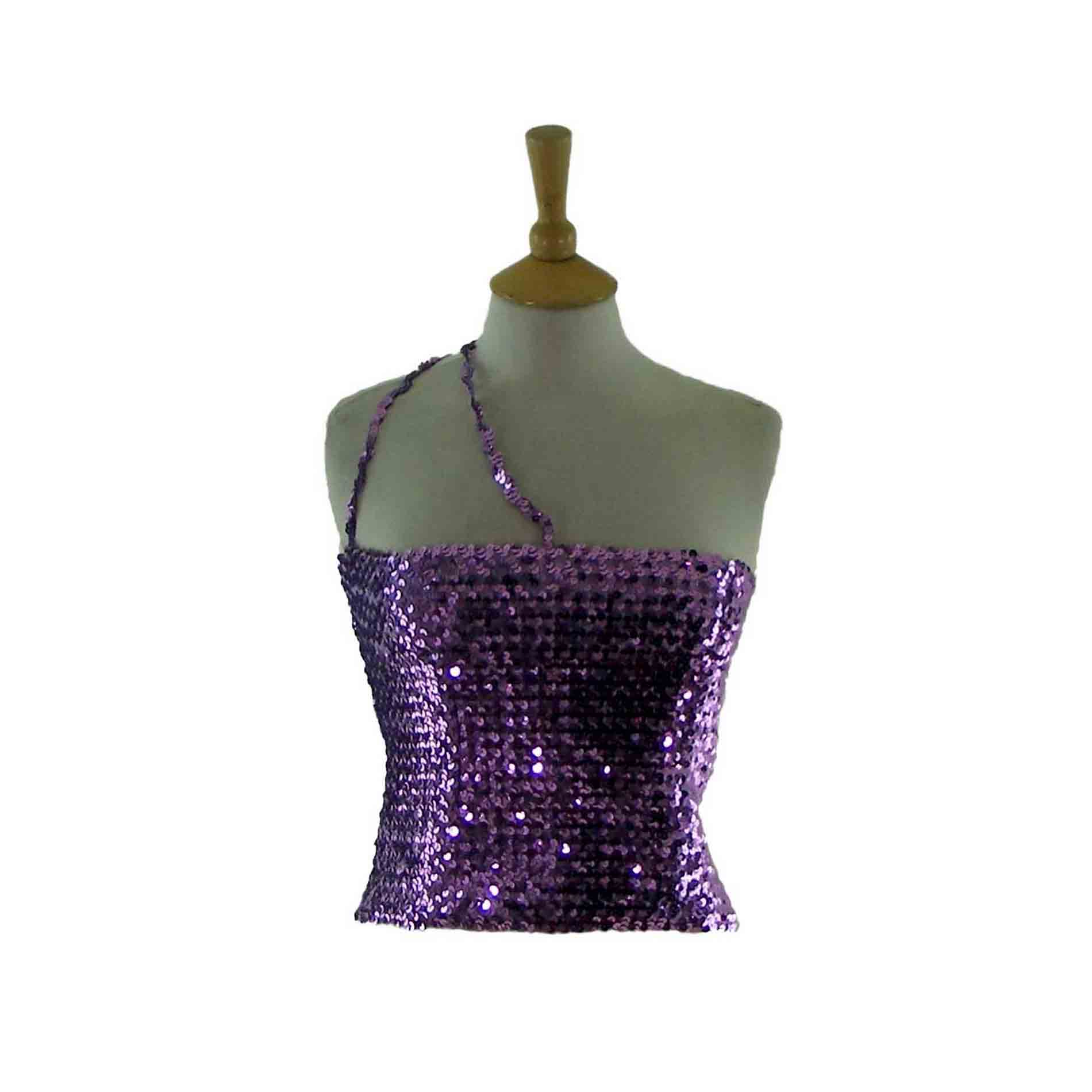Makeup history part 3
April 30, 2016And now we move away from the strict colour code of the 1950s of red for lips and nails, black for eyeliner and mascara, and pale face makeup, all in heavy gold packaging. Makeup history took a distinct turn in the 1960s as it exploded into radical eye shadow, lip colours, and cheap and cheerful plastic packaging.
Actually, I lie a little bit. Makeup wasn’t entirely just red, black, and white up until the 1960s. Both Helena Rubenstein and Elizabeth Arden said they were influenced by the brilliantly coloured, over-the-top eye makeup of the Ballet Russe’s Scheherazade which premiered in 1909, and Elizabeth Arden introduced eye makeup including eye shadow in her American salons in 1914, though it didn’t really catch on and change makeup history just yet.
Photography and magazines were black and white then, and so were the first popular films when they came in a few years later, so even if the beauties of the day had eye makeup in shades of flamingo and puce (they didn’t, I’m just saying if they did) it would be hard to know. I was so surprised to find out that Clara Bow was a red head! I always assumed she was a brunette.
It was taken as given that these stars were wearing red lipstick though, although actually, because the cameras didn’t pick up certain colours as easily as others, or distorted or washed it out even with later colour film, sometimes what they were really wearing on their faces was pink, black or dark blue lipstick.
Makeup history and the silver screen
In fact, the stars of the silver screen didn’t usually wear ordinary, woman-in-the-street cosmetics at all. Foundation, especially in the early days, was very heavy and prone to cracking, which would had looked very bizarre if you saw it in real life. Mascara commonly came in the form of a waxy block which needed to have a lump sliced off, melted and would then be applied in great blobby clumps, a messy, fiddly and time consuming process which again would have looked clownish if you saw it on the streets.
For filming 1940s star Marlene Dietrich had a silver line painted down the centre of her nose, which when correctly lit made it look slimmer, and she also wrapped her head in tight stretchy fabric under her wigs to give a facelift effect. And for Marilyn Monroe’s first screen test for 20th Century Fox in 1946, she insisted on having her makeup done as she did it for modelling, and the poor makeup artist got told off by the director! He wiped it off and started again, far more heavily this time.
Makeup history – Marilyn Monroe and Elizabeth Taylor
Marilyn, contoured and highlighted.
Marilyn Monroe made 1950s makeup history with layers and layers of foundation, contouring, highlighting and false lashes for films. She wore Vaseline under it as a moisturiser for a dewy effect. She actually might not have looked too bad if she stepped out in that today, as there is quite a fashion for highlighting and contouring, but she had a lighter “natural” look for personal appearances.
The only film star to revel in her movie makeup was Elizabeth Taylor, who often went out to dinner after filming 1963’s Cleopatra without washing off her film makeup. A 60s version of Egytiana, it featured heavy eyeliner and masses of blue, and since both films and fanzines were in colour by then, and the paparazzi loved to take pictures of her and Richard Burton crazy in love, a trend was born for really colourful eyes. In fact, Revlon, anticipating demand, brought out Cleopatra themed makeup a year before the film was released, such was the gossip around the star.
Eye shadow
Eye shadow had been creeping into makeup since the 1930s: in a 1930 Maybelline eye shadow ad, a year after the company started to make it it is stipulated “Blue is to be used for all shades of blue and gray eyes, Brown for hazel and brown eyes, Black for dark brown and violet eyes: Green may be used for eyes of all colour and is especially effective for evening wear.” You could also match your eyeshadow with your hair or clothes, but the eyeshadows were in mono colours, not the trios of shades common today so you would never mix or blend colours.
Eyeshadow wasn’t really a best seller though even in 1950 when technology had improved via the addition of artificial pearl to give the eye shadow more lustre and magazines proclaimed it the new in thing. The January 1950 edition of Life magazine had a huge feature on eye makeup, heralding it as “The biggest beauty news since lipstick”. It went on to announce “When word came from Paris this winter that French models were wearing exaggerated make-up on their eyes even with street clothes, the U.S. cosmetics industry realised that here was a chance to exploit a comparatively untouched region of the American female face […] Hollywood, which resisted short haircuts until defeated, insists that doe eyes will set things back fifty years, but cosmetics men disagree. Recalling that the first use of lipstick in the twenties caused a furore but soon made women feel undressed without it, they predict an equally essential future for drawn-on eyes.”
Revlon duly released Dreamy Eyes in 1950, but a survey taken of US University students in 1957 shows that still few female students wore eye shadow, although most wore lipstick. But after Elizabeth Taylor as Cleopatra jump started it, by the mid-Sixties the coloured eye make up was much more firmly established.
Makeup history – the Sixties
In fact, by the mid-Sixties massive eye make up was in, full stop. The model Twiggy (Leslie Hornby) epitomised this trend with her layers of false eyelashes, eyeliner and extra drawn on lower lashes, but her taste tended towards monochromatic and not colourful makeup, even lending her name to a range of black and white eye make up in the USA. She did a pale face with no blusher, and pale lips to downplay them, making her eyes even more dramatic.
Models at the time did their own makeup, usually lugging huge cases of makeup, false lashes, hairpieces, costume jewellery, shoes and tights and things to shoots, so this particular look would have been her own idea. Each model had her own take on the wide eyed trend, drawing lines not only on the lash line but at the socket too, or extending the eyeliner in their own patented flick, making their own version of makeup history. It usually took about an hour and a half to do a full face.
Although this look was innocent, babyish even, the US socialite Edie Sedgewick has been quoted as saying that she hid under these layers of batwing false lashes, pancake face makeup and black eyelids to make herself look more ugly, to hide her natural beauty which she was in a way shy about. You can see where she’s coming from, as it is so graphic as to be as mask, although it certainly didn’t make Edie look bad.
Mary Quant
Mary Quant, having launched her fashion boutique for teenagers in 1955 turned her attention to makeup, launching a range in 1966. her products had playful names, like “Jeepers Peepers” eye shadow, and “Starkers” foundation. She also launched a box of cosmetics “crayons”, looking just like the kind you use on a colouring book. The range of colours were designed to be used anywhere, face or body. The packaging looked fresh and fun, in clear acrylic and black and white plastic, completely different and far more youth oriented than the heavy and luxurious gilded compacts and lipstick containers that were the norm so far.
Mid price brand Gala also had a “Pick and Paint Eye Palette”, shaped like a painter’s palette and containing a selection of four colours and an eyeliner, and going into the 1970s, Biba’s “Paintbox” had a massive selection of 24 eye shadow shades.
Makeup history – the Seventies
Biba, launched by Barbara Hulanicki in the early 60s, came into its own in the 1970s and its overall aesthetic was the opposite of the bright and poppy 1960s space age look. The child-like innocence of the round face and big eyes, and the futuristic space age outfits were replaced with a backwards looking nostalgia for the 1930s, and a world weary ladylike makeup that emphasised cheekbones as well as eyes, and lips too, in makeup shades that were no longer bright and fun primaries but dirty, bruisy colours like mauve and brown, although again the colours were interchangeable on eyes and lips.
Hulanicki says that when she showed her proposed colours to the cosmetic factory, they literally thought she was joking. But she had the last laugh, as when her brown lipstick was produced, the first batch sold out straight away. She knew in advance that she was breaking new ground or makeup history.
Biba did so well that they were able to open a kind of Biba department store, with restaurants, cafes, Biba trinkets and souvenirs, menswear, ladies and children’s sections, and a massive bank of cosmetics on the ground floor. What was revolutionary about this was that there were makeup testers on display, and it was fine for girls (and boys too, in the gender bending 70s) to pop in and do their makeup after work, en route to a night out.
Makeup in Rock music
I love this 1972 Lou Reed song “MakeUp”, which shows how much effort still went into the face.
Your face when sleeping is sublime
And then you open up your eyes
Then comes pancake factor number one
eyeliner, rose hips and lip gloss, such fun
You’re a slick little girl
you’re a slick little girl
Rouge and colouring, incense and ice
perfume and kisses, ooohhh, it’s all so nice
You’re a slick little girl
you’re such a slick little girl
Now, we’re coming out
out of our closets
Out on the streets
yeah, we’re coming out
When you’re in bed it’s so wonderful
it’d be so nice to fall in love
When you get dressed I really get my fill
people say that it’s impossible
Gowns lovely made out of lace
and all the things that you do to your face
You’re a slick little girl
oh, you’re a slick little girl
Eyeliner, whitener then colour the eyes
yellow and green, ooohhh, what a surprise
You’re a slick little girl
oh, you’re such a slick little girl
Now, we’re coming out
out of our closets
Out on the streets
yes, we’re coming out
Yeah, we’re coming out
yeah, we’re coming out
In contrast, some of the hippies of the 1960s and 1970s eschewed makeup altogether, and went barefaced. Others looked into the possibilities of natural cosmetics.
The Body Shop opened in 1976 selling natural products in re-fillable bottles, and was one of the first to loudly and publicly ban animal testing on its products.
Makeup history – the Eighties
By the 1980s, the amount of makeup hadn’t changed, but the colours had become bolder. A pale face, bright lipstick, great triangles of blush, and blue eyeshadow were a big look, finished with navy mascara. Counter culturally, the Punks, both male and female, took peacocking via makeup to great lengths. Some contented themselves with just a slash of eyeliner, but for others, their face as well as hair was an amazing canvas for artistry, and though the initial impulse was to shock, their was beauty in their jagged masks.
The Nineties
By the 1990s there was a turnaround and the bright colours fell out of favour, both in clothing and on the face. Brands like Bobbi Brown took advantage of this new lust for beige, and while no less makeup was sold, now it was ensured that lipstick matched the natural colour of the lips, blusher was flushed rather than stripy, and eye shadow was in earth tones. This was the no make up make up look. Again as a contrast, the grunge scene pioneered the “too drunk to apply makeup” look, mainly consisting of smudgy circles of eyeliner for male and female. Courtney Love screaming “When I wake up/ in my makeup” really sums up that attitude.
Makeup history – Today
With the onward march of technology, today the addition of silicon to beauty formulas makes makeup lighter weight and more flawless than ever. “Natural” mineral makeup is having a moment, with bases to which minerals are added that the ancients would recognise, like mica and pearl powder. It happily co-exists with silicon fillers in bases, nylon fibre reinforced mascaras, and polymer enhanced lip glosses, along with the thousands of varieties of artificial pearl and tiny spheres of light reflecting ground glass to make up more luminous than ever.




